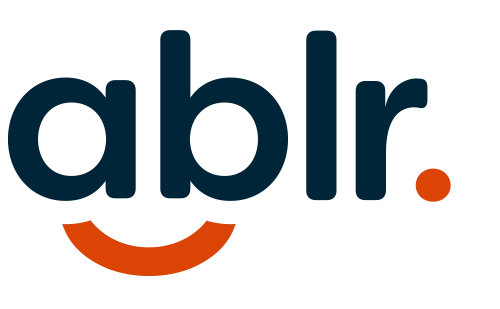While accessibility tends to be overlooked in many facets, it seems especially forgotten with events. Planning and executing events can be very stressful with all the moving pieces that need to be coordinated. This checklist will help you feel confident that you have accessibility covered for all of your events, whether they are virtual or in-person.
First, consider your platform.
Knowing how you will be holding this event, (e.g. in-person or virtual) is crucial, as this will determine what kinds of accessibility resources you may need.
For both in-person and virtual events, you will need to consider the following:
- Hiring an ASL interpreter and CART captioning.
- If your event includes video content, will your attendees be able to clearly see or read what is on the screen? Are you providing closed captions (not autogenerated!)
- Is your registration process accessible? Is it clear and understandable?
- Provide an accessible place where people may make a request for reasonable accommodations. You can provide a contact people may reach out to or a form that asks attendees as they register if they will need a reasonable accommodation.
- If you have accommodations available, list them! Let registrants know if you will be offering reserved seating or providing an ASL interpreter, etc.
- Always provide a contact email or phone number, in case someone needs assistance either before or during the event. Someone may call and say they cannot get into the virtual conference room, or that they cannot find the event space – you want to be ready to help attendees when they need it.
- If you will be running through a PowerPoint presentation, or something similar, you will want to make sure the presentation itself is accessible. Make sure that people can easily read and understand your slide. Also, be mindful of attendees who are low vision or blind. Always verbalize the pertinent information on each slide – do not say “as you can see on this slide…” – tell them what is there! It is also helpful for some if they can receive the PowerPoint presentation as an accessible pdf so they can review the information before, during or after the event. If you want to know more about creating accessible presentations, contact the Ablr team!
For in-person events specifically, you will need to consider the following:
- Sound and audio – will the speakers need microphones? Will attendees be able to hear them well or hear videos played?
- Display – if there is a presentation or video planned, how will that be displayed? Is the screen large enough? Bright enough?
- Do you have options for reserved seating – some attendees who are hard of hearing or have low vision may ask for a seat towards the front so that they can fully enjoy the event
- Is the space accessible – will the event space be cramped? Will there be cords running across the floor? Is the event room easily accessed, or do you need to climb stair to get to it?
- Is the event catered? If so, will you be able to offer assistance for attendees that need help putting together a plate of food, or need assistance carrying their plate to their seat? And, of course, keep in mind ay dietary restrictions people may have.
- Are you handing out pamphlets or agendas? Will there be a digital option? A large print option? A braille option? If you are providing information to your attendees, be sure to have options that work for them. You may want to consider sending out any support material in advance.
- Make sure that the event space will also work for people who bring their service animals. Will there be enough space for people and their service animals? Is there a place outside that service animals can use the bathroom?
For virtual events specifically, you will need to consider the following:
- Hire a CART captioner to ensure that your virtual event is live-captioned with accurate captions. This is a digital service, and many platforms allow for CART captioning such as Zoom and Microsoft Teams. This is a great way to supplement ASL interpreters, since not everyone who is hard of hearing knows sign language.
- Make sure participants have the option to enable live/auto captioning as well. Just be aware that this option is not as accurate, and you may want to designate someone to monitor the captions to avoid any confusion.
- Mute participants upon entry, so that background noises do not interfere with the speaker or main content.
Keep learning and accept feedback.
This is not a definitive list – there will be things that come up unexpectedly or things that we missed. This is all part of the learning process: you must always be willing to get feedback from your attendees or community to better learn how to create accessible events.
If you have questions or would like to share additional tips and tricks, reach out to the Ablr team!

